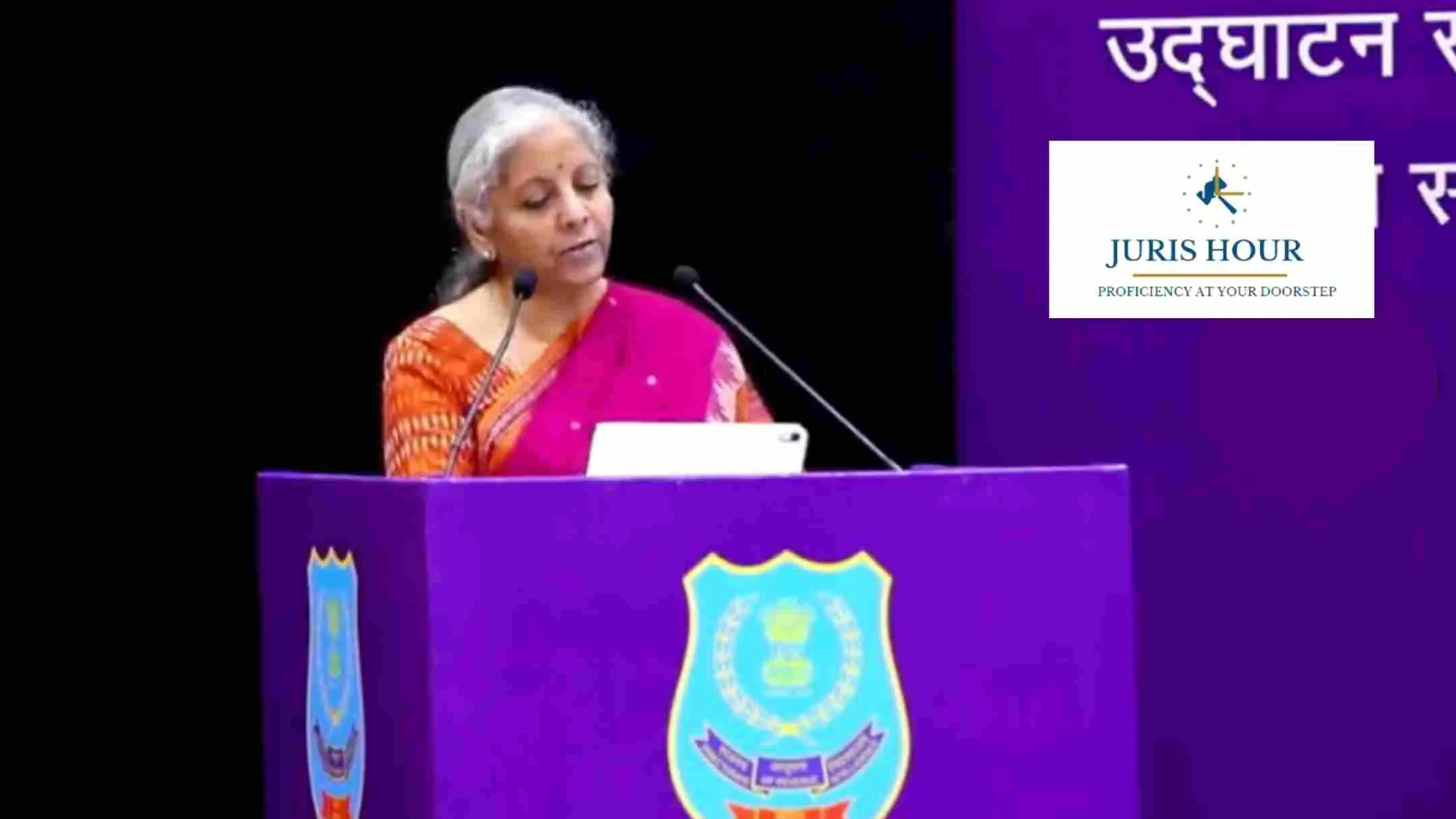The Central Board of Indirect Taxes and Customs (CBIC) has unveiled a series of landmark digital initiatives aimed at enhancing trade facilitation and officer efficiency. These developments were rolled out following the First FM Conclave held on June 19–20, 2025, which focused on setting new directions for revenue administration and boosting transparency.
In a communication addressed to all Chief Commissioners of Customs, Arti Agarwal Srinivas, Director General, Directorate General of Systems and Data Management, highlighted several reforms that mark a significant move toward end-to-end trade-centric digitalization.
Key Announcements for Trade Ease
-
SEZ GST Credit Without Permanent IEC: DTA buyers can now claim input credit on SEZ supplies even without a permanent Importer Exporter Code (IEC), enabling smoother compliance.
-
ICGR Form 3A & A-Excel Upload: A major simplification allows importers to upload Bill of Entry data for over 10,000 items in a single Excel sheet, easing documentation for bulk imports.
-
New Webforms for Trade: As part of the CBIC’s shift to internet-based filings, 16 new webforms are live, including forms for shipping bills, IGMs, and amendments. Importantly, officers nominated by field formations can now handle these directly.
-
SCMTR Implementation at Ports: The Sea Cargo Manifest and Transshipment Regulations are now operational at four major ports — Kandla, Ennore, Katupalli, and Paradeep — with improved data messaging systems.
Officer-Focused Enhancements
-
Launch of ICETAB App: Officers can now access export-related documents, RMS instructions, and upload examination images on-site using the ICETAB mobile app, streamlining the export clearance process.
-
Nationwide Audit Role for Bill of Entry: A new COM Audit Role enables auditors to access BOE data across India, ensuring uniformity in customs audits.
-
Clearer RMS Instructions Display: The RMS order is now segregated from officer inputs to bring clarity and maintain audit trails.
-
API Integration with DIAL: Customs has shifted to an API-based data exchange model with Delhi International Airport, overcoming long-standing issues with the Managed File Transfer Protocol.
-
Universal E-Seal Reader Introduced: The new e-Seal Reader supports all RFID-based seals and reduces reliance on vendor-specific tools, allowing instant verification.
-
Reusable Warehouse Movement Forms: Previously filled warehouse forms can now be edited and reused, saving time on routine operations.
-
Increased e-Sanchit File Size: Upload limit for e-Sanchit documents has been doubled from 1MB to 2MB, a longstanding trade request.
These measures collectively represent CBIC’s commitment to transparency, reduced compliance burden, and digital innovation in customs processes. Officers and trade stakeholders are encouraged to actively use these tools and provide feedback for further enhancements.

